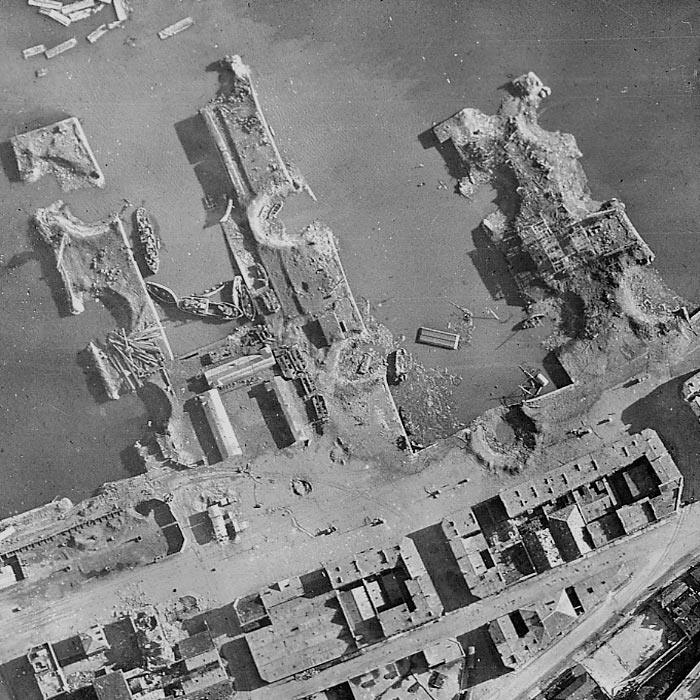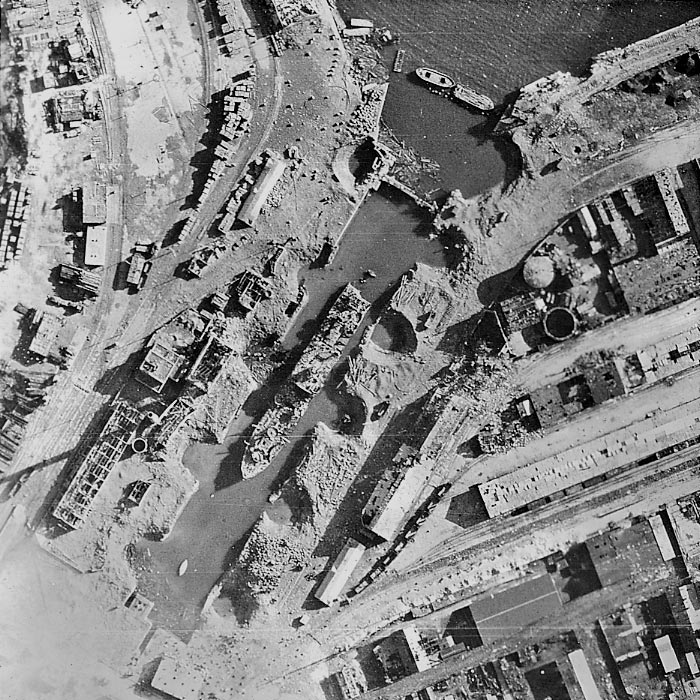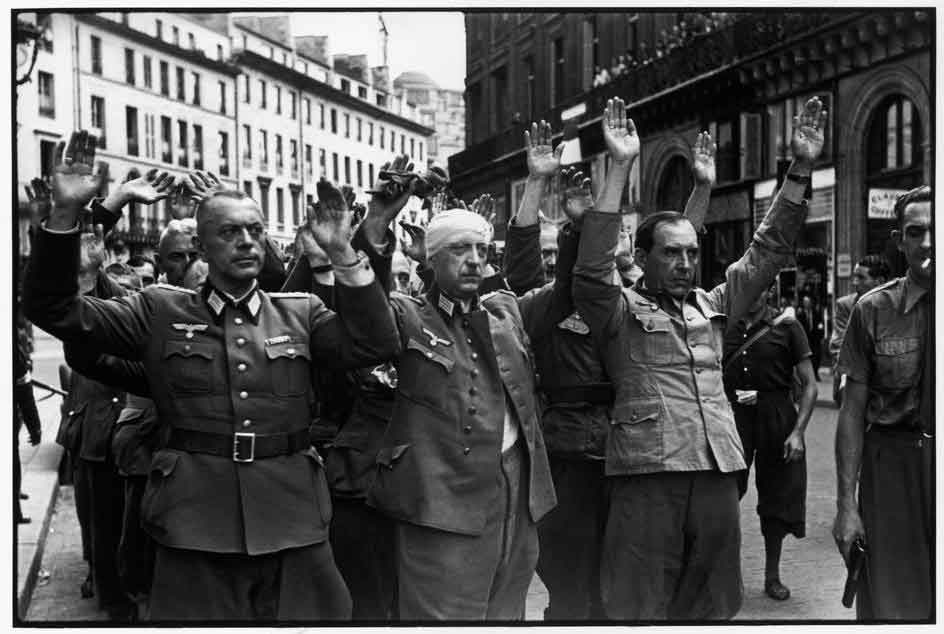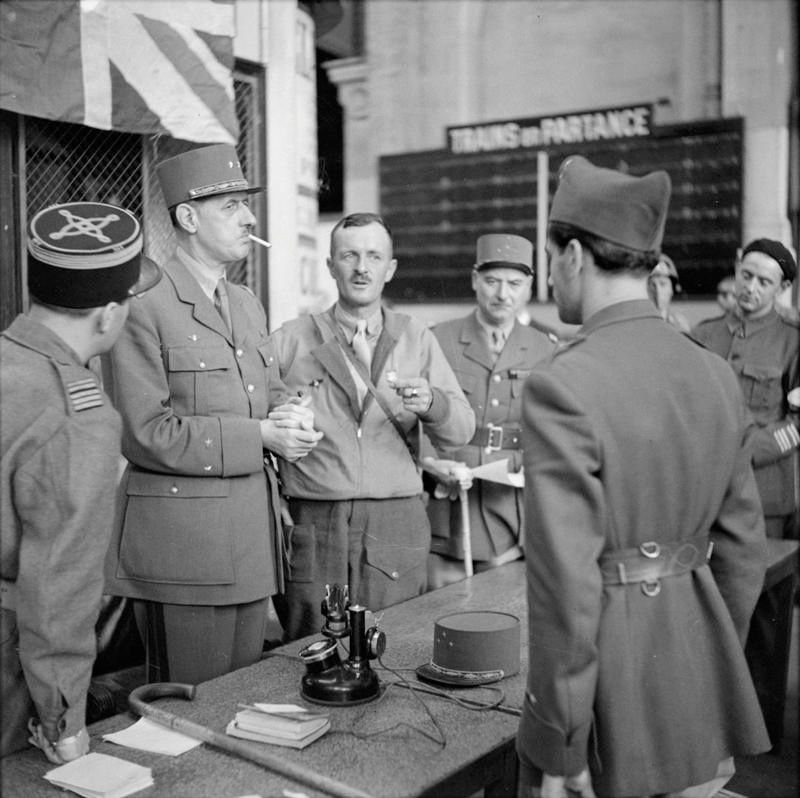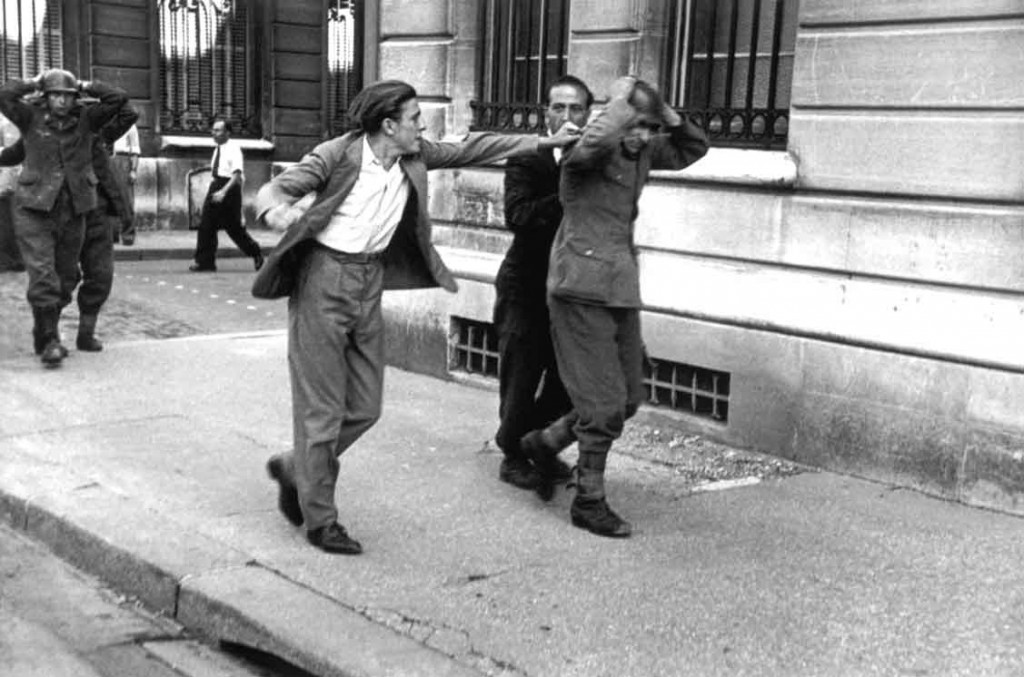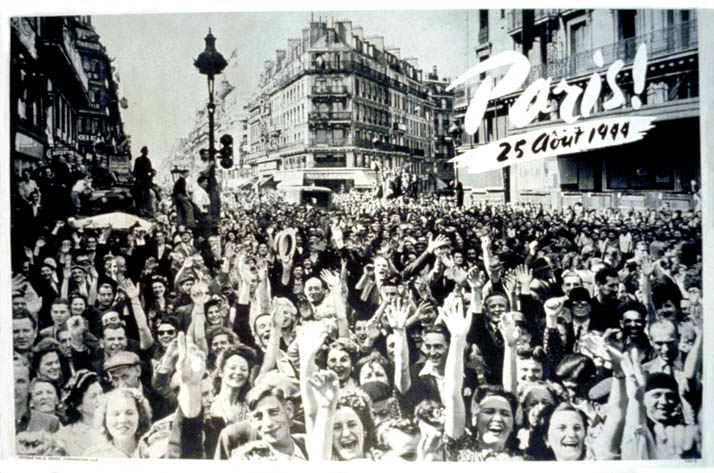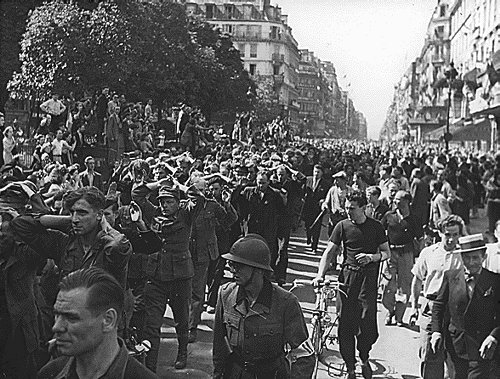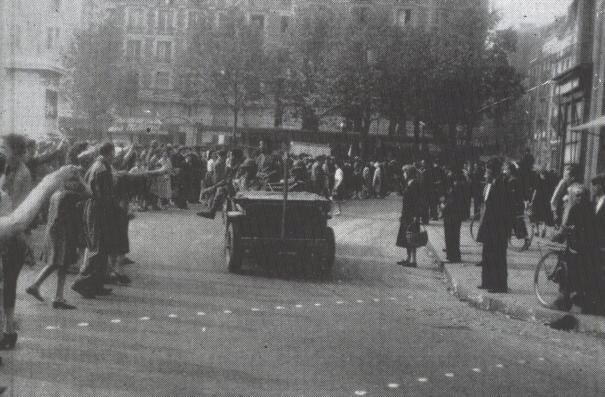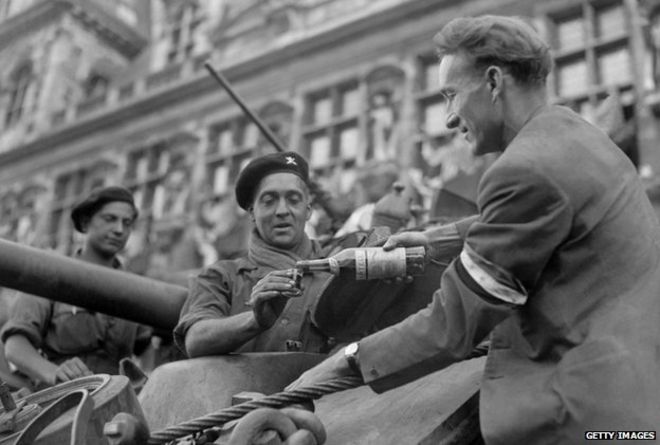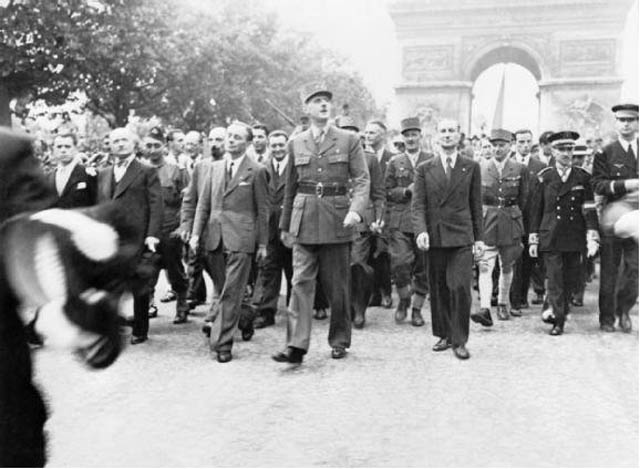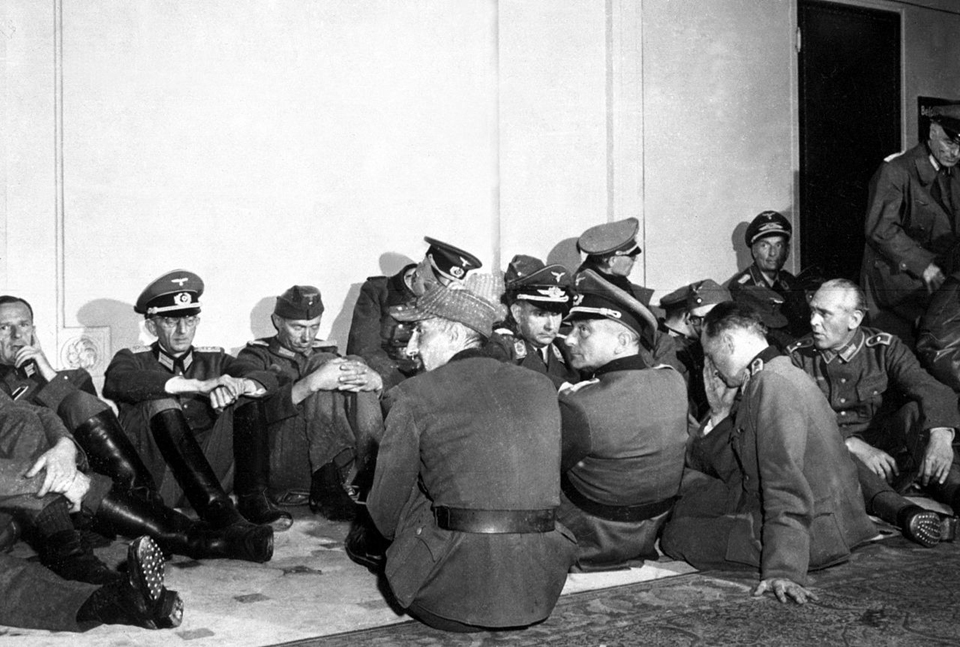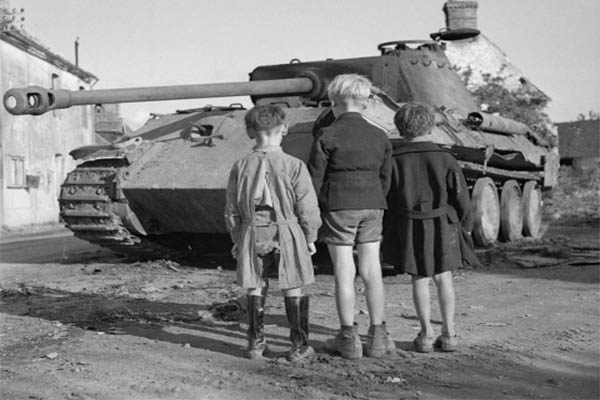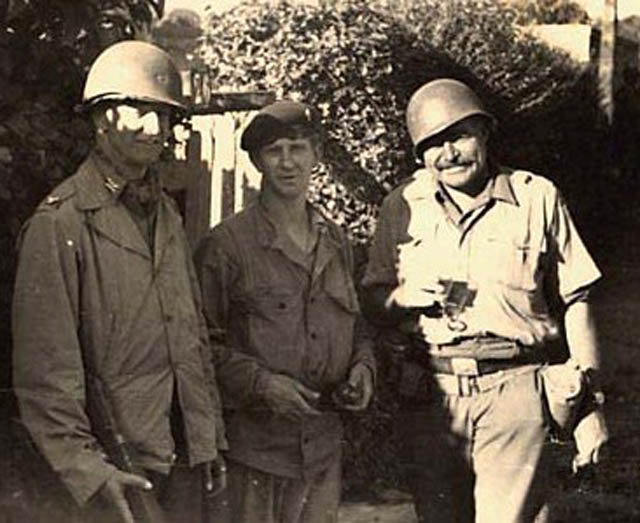Air Operations, Carolines
- 5th Heavy Bomb Group B-24s attack targets on Koror Isand in the Palau Islands.
- 307th Heavy Bomb Group B-24s attack small ships in the harbor at Malakal in the Palau Islands.
- A 30th Heavy Bomb Group B-24 based at Saipan attacks the Yap Atoll.
- One 307th Group B-24 is shot down by Japanese Navy fighters, and 2 B-24s are lost on the return flight when they collide in bad weather.
- During the night, 868th Heavy Bomb Squadron SB-24s attack Japanese airfields and defenses in the Palau Islands.
Air Operations, CBI
BURMA- 9 10th Air Force B-25s attack Kondangyi.
- 4 10th Air Force P-47s attack a bridge near Bhamo.
- 2 P-51s attack a factory at Hopin.
- P-51s organized into 6 separate flights attack Kyagyigon and Pinlon.
- 32 P-51s support Allied ground forces at Ingyingon and along the Hsai-hkao and Nansang rivers.
- 3 308th Heavy Bomb Group B-24s attack the port area at Kowloon.
- 4 341st Medium Bomb Group B-25s and 21 14th Air Force P-40s attack troops and buildings in and near Anjen.
- 3 B-25s and 12 P-40s attack troops and buildings in and around Yangtien.
- 2 B-25s attack the airfield at Leiyang.
- 2 B-25s attack Nanyo.
- 40 P-51s and P-40s attack numerous targets in east-central and southeastern China, and northern French Indochina.
- 5th CACW Fighter Group P-40s down 3 Ki-44 'Tojo' fighters in an engagement near Chenghsien between 1110 and 1130 hours.
Air Operations, East Indies
- V Bomber Command B-24s attack the Lolobata airfield on Halmahera.
- B-25s attack shipping in Lembeh Strait off Celebes.
- B-25s attack shipping in the Lesser Sunda Islands.
Air Operations, Europe
RAF BOMBER COMMANDDaylight Ops:
- 140 Halifaxes, 16 Lancasters and 5 Mosquitos attack 5 launch or storage sites in the Pas de Calais. The results are varied.
- 2 Halifaxes and 1 Lancaster are lost.
- 412 Lancasters of Nos. 1, 3, 6 and 8 Groups are sent to hit the Opel motor factory at Rüsselsreim. The Pathfinder marking is accurate and the raid is over in 10 minutes. An official German report says that the forge and the gearbox assembly departments were put out of action for several weeks, but 90 per cent of the machine tools in other departments escaped damage. The assembly line and part of the pressworks were able to recommence work 2 days later and truck assembly was unaffected because of considerable stocks of ready-made parts.
- 15 Lancasters are lost.
- 190 Lancasters and 6 Mosquitos are sent to Darmstadt which has not been seriously attacked by Bomber Command to this point in the war. The 'No. 5 Group method' raid is a failure. The Master Bomber has to return early and his 2 deputies are shot down. The flares are dropped too far west and the low-level Mosquito marker aircraft can not locate the target. 95 buildings are hit and 8 people are killed by the few bombs that do hit Darmstadt. 33 of the Lancasters bomb other targets including at least 13 planes which join in the successful raid on nearby Rüsselsreim.
- 7 Lancasters are lost.
- 334 aircraft including 284 Halifaxes, 32 Lancasters and 18 Mosquitos of Nos. 4, 6 and 8 Groups attack 8 coastal battery positions near Brest. Most of the bombing is accurate.
- 1 Halifax and 1 Lancaster are lost.
- Support and 2 Mosquitos are on preliminary reconnaissance of targets, 182 training craft make a diversionary sweep over the North Sea, 36 Mosquitos are sent to Berlin and 22 more to 5 other targets, 6 Halifaxes lay mines off La Pallice, 6 aircraft are on Resistance operations, and there are 68 Mosquito patrols and 47 RCM sorties. This is the first time No. 100 Group sent out more than 100 aircraft.
- 1 RCM fortress is lost.
BELGIUM:
- During the afternoon, 31 1st Bomb Division B-17s and 52 2nd Bomb Division B-24s, escorted by 152 VIII Fighter Command fighters, attack five ammonia and liquid-oxygen plants in Belgium and northern France.
- 1,116 8th Air Force B-17s and B-24s attack airdromes at Anklam, Grossenbrode, Neubrandenburg, and Parow, Luftwaffe experimental facilities at Peenemunde and Rechlin, aircraft components factories at Lubeck, Rostock, Schwerin, and Wismar, an oil-industry target at Politz, and several targets of opportunity.
- 18 heavy bombers are lost
- Escort for the heavy bombers is provided by 629 VIII Fighter Command fighters. The escort pilots down 12 Luftwaffe fighters over Germany between 1130 and 1220 hours.
- 7 escort fighters are lost with 6 pilots
- 10 2nd Bomb Division B-24s, escorted by 36 VIII Fighter Command P-47s, attack the rail bridge at Moerdijk with Azon guided bombs, but no hits are scored.
FRANCE:
- 278 IX Bomber Command B-26s and A-20s and 157 XIX TAC fighter-bombers attack German Army defensive positions in and around Brest.
- 9th Air Force fighter-bombers support the advances of US Army ground forces and drop napalm on the reported headquarters of all German Army forces in France.
- In the heaviest day of aerial combat over France since the invasion, IX and XIX TAC fighter pilots down 77 Luftwaffe fighters in a virtually unremitting series of engagements between 0810 and 1845 hours.
- After attack Luftwaffe landing grounds in France all morning, the 367th Fighter Group, a 9th Air Force P-38 unit, flies an 800-mile round-trip afternoon mission to strike a landing ground at Dijon and airdromes at Cognac and Bourges in southeastern France.
- In their own attacks against Luftwaffe landing grounds, 20th Fighter Group P-51 pilots destroy 20 German aircraft on the ground.
FRANCE:
- 12th Air Force B-25s and B-26s attack five bridges in the Rhone River valley and gun emplacements around Marseille.
- XII TAC A-20s attack ammo dumps.
- XII TAC fighter-bombers attack tactical targets in the battle area.
- During the night of August 25-26, XII TAC fighter-bombers attack motor vehicles and targets of opportunity in the Nice area.
- XII TAC fighter-bombers attack roads, bridges, and gun emplacements north of the Arno River.
CZECHOSLOVAKIA:
- More than 300 15th Air Force B-17s and B-24s attack aircraft factories at Brno and Kurim, and the airdromes at Brno and Prostejov.
- Escort foghter pilots down 12 Axis fighters and 1 Fi-256 between 1030 and 1217 hours.
Air Operations, New Guinea
- V Bomber Command A-20s and V Fighter Command fighter-bombers attack Otawiri, Sagan, and the airfield at Babo.
- P-39s attack Japanese Army ground troops near But.
- Japanese aircraft mount their first attack against US forces in the Vogelkop Peninsula area.
Air Operations, Volcano Islands
30th Heavy Bomb Group B-24s based on Saipan attack Iwo Jima.
[Atlantic
The British battleship Warspite bombards Brest.
[Balkans
The German forces in Greece and the Aegean are regrouped as Army Group E, under Gen Alexander Löhr, with headquarters at Thessaloniki. But, operationally, they are under the southeastern sector commanded by Field-Marshal Maximilian von Weichs, the Commander-in-Chief of Army Group F, with headquarters at Belgrade. Following the defection of Rumania and the fall of Bulgaria, now seen as inevitable, the Aegean islands are going to lose some of their strategic and political value as a guarantee against Turkish hostility. Hitler, yielding for once to pressure from the military, agrees to their evacuation. The withdrawal is to take place on September 2. The Peloponnese is to be evacuated at the same time, except for Athens and the port of Piraeus, the possession of which is necessary until the evacuation of the Aegean islands is over.
[Battle of the Atlantic
- It is presumed that U-667 sunk on a mine laid by the RAF off the port of La Pallice.
- UIT-21 was launched as the Italian Giuseppe Finzi and was taken over by the German on September 9, 1943 when the Italians signed the Armistice. She is scuttled at Bordeaux to prevent her capture.
|
|
Black Sea
U-18 is damaged in a Soviet air raid on Constanza. With the advance of the Red Army, it was decided to scuttle the U-boat since she could not be repaired enough to make her seaworth.
| Class | Type IIB |
| CO | Oberleutnant zur See Karl Fiege |
| Location | Black Sea, off Constanza |
| Cause | Scuttling |
| Casualties | Unknown |
| Survivors | Unknown |
Diplomatic Relations
Rumania declares war on Germany.
Following a Luftwaffe air raid, the Romanian Government declares war on Germany and orders all German troops to be disarmed and imprisoned. This threatens 315,000 German troops in Greece, Yugoslavia and in the Aegean.
The Finns begin peace negotiations with the Russians.
The Finnish Government agrees armistice terms with Moscow, conditional on German forces leaving Finnish territory by September 15.
Agreements are signed between Britain, France and the US concerning civil administration of liberated territory.
[Eastern Front
In Estonia troops of the 3rd Baltic Front under Ivan I. Maslennikov take Tartu, an important position in the German defense lines between the Velikaya River in the east and the stronger Sigulda line prepared around Riga.
ESTONIATartu falls, to the Soviet 67th Army.
POLANDHeavy fighting continues around Warsaw as the Soviet 47th Army attacks the IV SS Panzer Corps.
ROMANIAGerman forces in the Leovo Pocket fail to break out, as does Group Meith at Husi.[MORE]
[Italy
8th Army begins a new offensive against the 'Gothic' Line over the River Metauro on the Adriatic sector. The German defenders, Gen Traugott Herr's LXXVI Pzr Corps are caught by surprise and only put up a patchy defense. Good progress is made by the offensive. The V British Corps, the Polish Corps and I Canadian Corps provide the attacking units.
[New Guinea
Gen Walter Krueger announces officially that operations in the Aitape beachhead area are completed. In the course of the bitter fighting the Allies have lost 3,000 killed, wounded and missing. The Japanese have lost 8,821 dead and 98 prisoners. The Japanese 18th Army has thus lost more the 2 divisions in their efforts to recapture the beachhead, and by now it is no longer a serious threat to the Americans and Australians.
In the northwest of the Vogelkop peninsula, now called Djazirah Doberai, the Japanese carry out their first daylight air raid since the day of the landing.
[Northern France
At 7:00a.m. Gen Leclerc's French 2nd Arm Div enters Paris from the southwest, and half an hour later the US 4th Div moves toward the center of the city from the south. The German commander Gen Dietrich von Choltitz disobeys orders to fight fiercely for the city which includes the mining of public building, museums and bridges. Rather than engage in a protracted but useless resistance, at 3:15p.m. he surrenders to the French Gen Leclerc.
While the 15th Div of the British XII Corps prepares to cross the Seine opposite Louviers, south of Rouen, the British 43rd Div establishes a bridgehead across the river at Vernon and the Canadians take Elbeuf.
At 1:00p.m., 3 divisions of the American VIII Corps, the 2nd, 80th and 90th, begin the offensive against Brest, in Brittany, after an hour-long aerial bombardment. The garrison, formed from units of the XXV Corps, is not giving up without a fight. The battleship Warspite shells targets in the town.[NF]
[Pacific
- The Japanese destroyer Yunagi is sunk by the US submarine Picuda (SS-382) in the Philippine Islands area. Picuda also sinks the merchant tanker Kotoku Maru (1943t) in the same area. A little later the US submarine Redfish (SS-395) meets the same convoy and damages the army cargo ship Batopaha Maru (5953t) north-northeast of Cape Bojeador.
- The US submarine Tang (SS-306) sinks the Japanese merchant tanker No.3 Nanko Maru off Honshu.
Southern France
Avignon is taken by the US 3rd Div. The majority of Gen Friedrich Wiese's 19th Army is now withdrawing rapidly northward up the Rhône valley. The fighting in Marseilles and Toulon continues, however.
[Images from August 25, 1944
|
|
|
|
|
|
|
|
|
|
|
|
|
|
